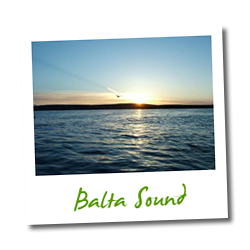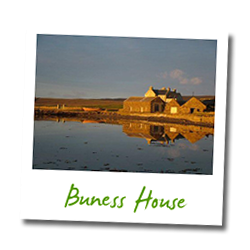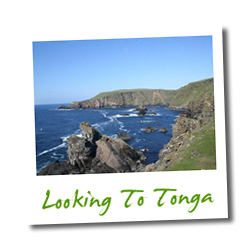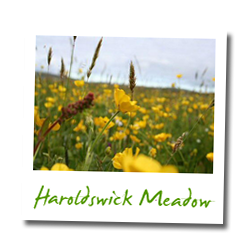






![]()
Many famous people have visited Unst, the island at the top of Britain. One being the writer, Robert Louis Stevenson, who signed the visitors’ book at Muckle Flugga Lighthouse on 18th June 1869. The map he used in his novel “Treasure Island” bears a marked resemblance to Unst. It is indeed an island of treasure. The traveller will feel richer having visited Unst, Britain’s most northerly island.
Numerous native Shetland ponies live on the island and may be found by the roadside waiting to provide a photo shoot when they are not roaming the hills together with the hardy little Shetland sheep.
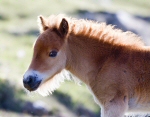 The typical characteristics of a Shetland Pony include a thick winter coat and a
long dense mane and tail, as seen on the Shetland Pony on the right of the page.
The typical characteristics of a Shetland Pony include a thick winter coat and a
long dense mane and tail, as seen on the Shetland Pony on the right of the page.
The cry of “there’s gold in them there hills” is often heard, as Unst is geologically
interesting to both the professional and amateur geologist, and is surveyed periodically
by companies looking for commercial amounts of various minerals. Stone has been quarried
and exported for centuries. The eagle eyed could spot a semi-
Sea eagles once frequented the hills and cliffs of Unst and tales survive of an eagle flying off with a baby. Today a fish eagle can still occasionally be spotted feeding at Shetland’s longest loch, the Loch of Cliff. Nearby thousands of sea birds breed on the cliffs and rocks at Britain’s most northerly National Nature Reserve at Hermaness.
Another National Nature Reserve at Keen of Hamar is the largest example of serpentine debris in Britain. It is a botanist’s paradise. Wild flowers grow in profusion all over the island and were often the inspiration for the intricate knitted lace patterns to be seen in the delicate hand spun knitting for which Unst became famous. Knitted products in Fair Isle and lace can be found at some sales outlets together with other locally made products, food and drink.
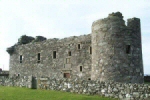 Nature is all around and will be encountered on walks in the hills and along the
coastline and the superb sandy beaches. Signs of human habitation since the last
ice age are clearly visible, from the remnants of stone circles, brochs and chambered
cairns to Norse settlements, Muness Castle and the WWII radar site.
Nature is all around and will be encountered on walks in the hills and along the
coastline and the superb sandy beaches. Signs of human habitation since the last
ice age are clearly visible, from the remnants of stone circles, brochs and chambered
cairns to Norse settlements, Muness Castle and the WWII radar site.
On soft misty days or in ‘da simmer dim’ (the mid summer twilight) keen senses may catch a glimpse of ‘da peerie fokk’ (fairies) or ‘trows’ or hear a ‘trowie tune’. The latter is particularly possible after sampling the local hospitality.
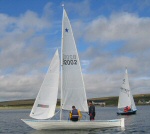 Music and entertainment is part of island life and there are regular events throughout
the year, from Up Helly Aa, traditional and modern music to angling competitions,
sailing and rowing regattas.
Music and entertainment is part of island life and there are regular events throughout
the year, from Up Helly Aa, traditional and modern music to angling competitions,
sailing and rowing regattas.
Other indoor activities to be enjoyed are the Heritage Centre, Boat Haven, Hermaness Visitor Centre, Up Helly Aa Galley Shed and the Leisure Centre.
May this sample of gems to be found in Unst inspire the traveller to come and find
the treasure in UNST -
